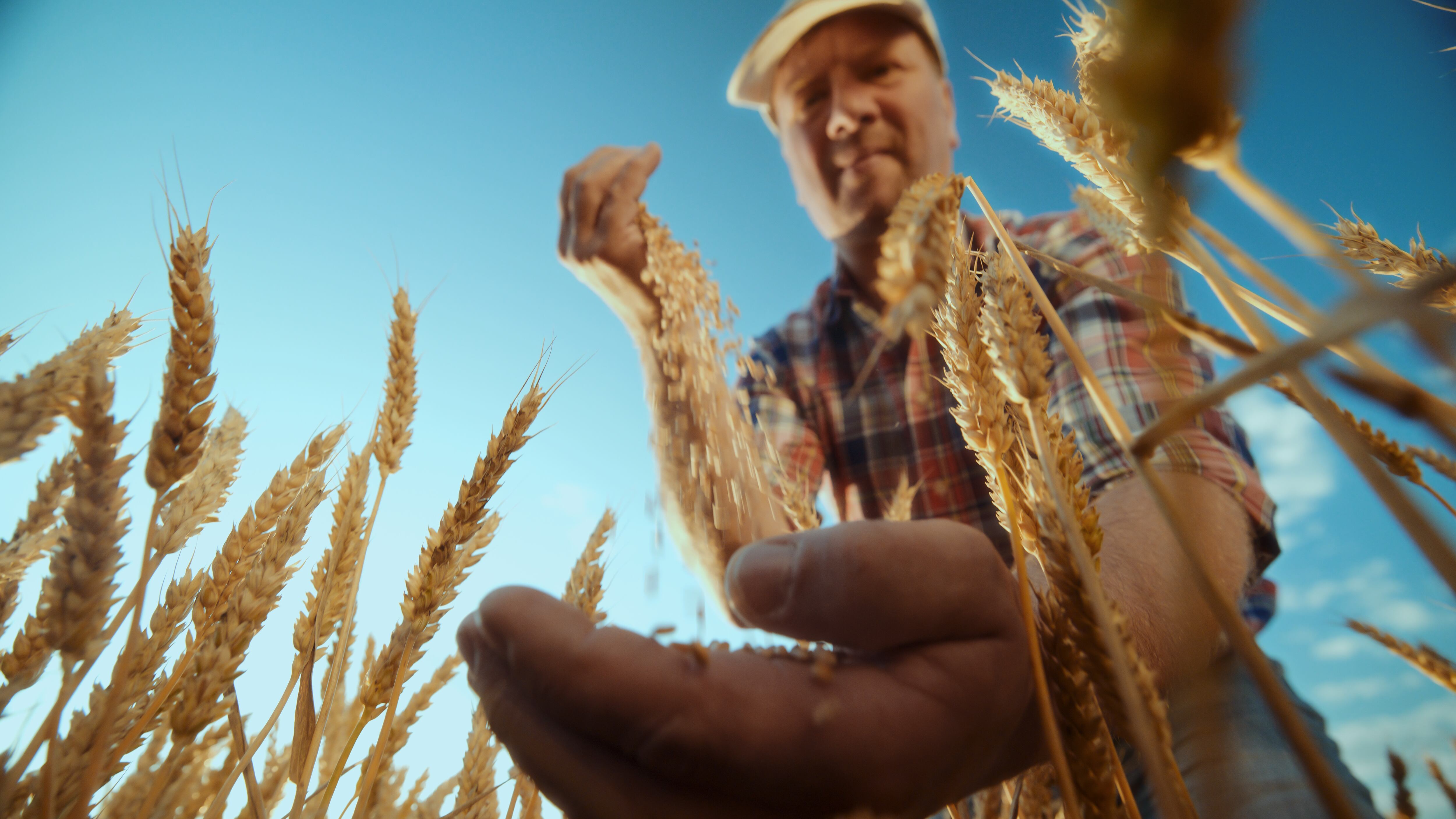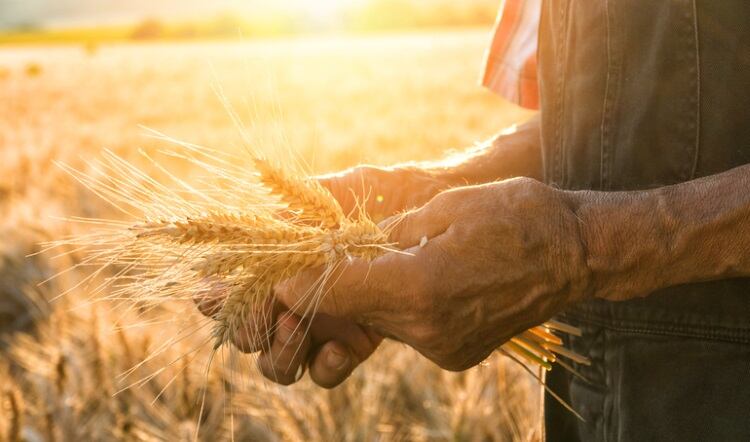While traditional approaches have focused on reducing harm, regenerative agriculture (or regen ag, as it’s increasingly known) aims higher. It’s about rebuilding: restoring soil health, boosting biodiversity, supporting farmers and creating long-term resilience from farm to shelf. That mission is especially relevant to the bakery and snack sectors, which rely heavily on raw agricultural inputs and are closely scrutinised by increasingly values-driven consumers.
To help businesses navigate this complex but promising path, Bakery&Snacks is hosting an editorial webinar titled ‘Regenerative bites: Sustainable farming for snacks’ live on Tuesday, April 29. The one-hour session will be moderated by Bakery&Snacks editor Gill Hyslop and features three high-profile speakers leading the charge in regenerative transformation.
Insight from the front lines

So what does regen ag look like in real-life supply chains and how can companies – from multinationals to emerging startups – begin embedding these principles into their sourcing strategies?
To help unpack that, the webinar welcomes:
- Bertie Matthews, managing director of Matthews Cotswold Flour
- Christina O’Keefe, regional head of Sustainability, North America, Kerry Group
- Kristy Lewis, founder and chief visionary officer of Quinn
Each brings a unique perspective – from traditional milling and ingredient systems to consumer-facing innovation – and together, they’ll examine the barriers, breakthroughs and business case for regenerative agriculture.
“Regenerative agriculture isn’t just about how we grow wheat,” says Matthews. “It’s about the entire ecosystem, from the microbes in the soil to the people baking with our flour. If we don’t care for the land, we lose the quality and integrity of the product and ultimately, the trust of our customers.”
Our partnership with Cotswold Regen farmers has produced a standout crop of wheat, spelt and rye grown without insecticides, improving flour flavour and performance in sourdough baking. It also gave us a compelling story that resonated deeply with chefs and artisan bakers who are now brand advocates.
Bertie Matthews
Matthews Cotswold Flour has been working closely with UK farmers to introduce cover cropping, reduced tillage and mixed crop rotations that regenerate soil health without sacrificing yield. For Bertie, transparency is just as important as technique.
“We’re not perfect, but what matters is making a start. If we can bring the customer along on that journey, we turn sustainability from a technical issue into a human story.”
That human story is central to the mission of Kristy Lewis, whose company Quinn was built on the idea of knowing your food’s origins.
“We coined the term ‘farm-to-bag’ because we wanted consumers to connect the dots between snacks and soil,” she explains. “I was frustrated by the lack of transparency in the industry. Regenerative agriculture gave us a framework – not just to clean up our supply chain, but to build real partnerships with growers who care.”
Over the past decade, Quinn has worked with farmers like Steve Tucker of Tucker Farms in Nebraska to trial regenerative methods such as no-till planting, intercropping and minimal chemical use. The result? Higher-quality ingredients, stronger farmer relationships and a powerful brand story that resonates with consumers.
“Yes, regenerative is good for the planet, but it’s also good business. Our customers want to feel good about what they’re eating. When we talk to them about the work our farmers are doing, we’re not just selling snacks - we’re building trust.”
Regeneration at scale

That’s not to say scaling regenerative agriculture is easy. It’s one thing for a startup to shift sourcing practices but what does it look like for a global food ingredients company?
That’s a question Christina O’Keefe is tackling every day at Kerry Group, where she leads sustainability initiatives across North America.
“We serve customers across multiple sectors – from bakery to beverages – and we’re seeing a sharp uptick in interest around regenerative sourcing,” she says. “Brands want to meet their ESG goals, but they also want to know: how do we quantify success? What does credible regen ag look like in practice?”
For Kerry, success means measurable impact. The company is developing frameworks to track soil carbon improvements, biodiversity gains and water retention in its sourcing regions. And it’s not just about environmental outcomes: O’Keefe stresses the importance of farmer livelihoods and economic incentives.
“We can’t expect farmers to shoulder the cost of transition on their own,” she says. “That’s why we’re exploring co-investment models, agronomic support and long-term contracts that reward positive outcomes.”
Big questions, real answers

The webinar will go beyond the big ideas to tackle some of the most pressing questions facing the industry right now:
- Can regenerative sourcing improve product quality?
- How do you bring consumers along if they don’t fully understand what regenerative agriculture means?
- What can smaller producers do if they don’t have direct access to farms?
- How can startups invest in regenerative without blowing their budget?
- Are current certification systems doing enough or is more clarity needed?
- And what role do policy, innovation and storytelling play in making regenerative mainstream?
These are the kinds of questions our panel will explore in a fast-paced, insight-packed session that balances inspiration with real-world practicality.
You don’t have to be doing it perfectly to be doing it better. As a food company, we have a social and ethical responsibility to continue to push against the status quo to create massive change within our food and ag industries and I challenge all founders, CEOs, Board of Directors and decisionmakers to lead with the same intent
Kristy Lewis
“The biggest barrier to regen ag is fear of complexity,” says O’Keefe. “But once you break it down – define your goals, find the right partners, measure progress – it becomes manageable. And the benefits, from soil to shelf, are absolutely worth it.”
Matthews agrees: “It’s not about having a perfect solution. It’s about creating better systems, one step at a time. And if every player in the bakery and snack space made a small shift, the ripple effect would be enormous.”
For Lewis, it comes back to authenticity. “Consumers are smart. They know when something’s just a label. But when you show them the real people, the real farms, the real effort behind your sourcing, they respond. That’s the future of food.”
Why regenerative agriculture matters now

Regen ag isn’t a silver bullet but it’s one of the most promising paths toward a food system that’s better for the land, better for farmers and better for business. In an industry where inputs like wheat, corn, oats and oils are essential – and where consumer scrutiny is growing – bakery and snack producers have both the opportunity and the responsibility to lead.
Sustainability is starting to become a table stake. Right now, around 49% of consumers consider sustainability when making purchases. For a business to grow, they will have to appeal to those consumers
Christina O'Keefe
The Bakery&Snacks webinar is a chance to explore what that leadership looks like in practice. Whether you’re just starting your sustainability journey or already exploring regenerative sourcing, this session will offer fresh perspectives, practical guidance and plenty of food for thought.
Attendees will also have access to resources from webinar sponsors Healthy Food Ingredients and Manildra Group USA via the Resources Panel.
Mark your calendar for Tuesday, 29 April and register now: it’s free, it’s timely and it could just change the way you think about farming, sourcing and the future of snacks.


